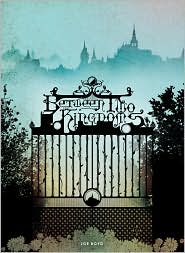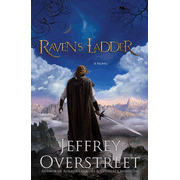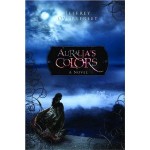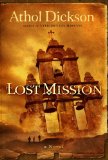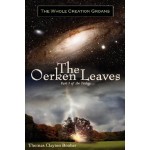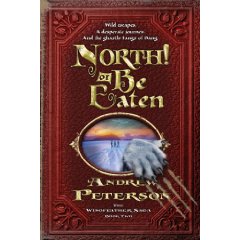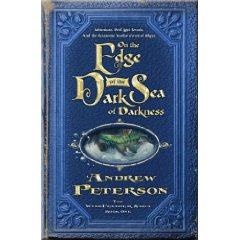 Adam and His Kin: The Lost History of Their Lives and Times, by Ruth Beechick, a review
Adam and His Kin: The Lost History of Their Lives and Times, by Ruth Beechick, a review
Published by Mott Media, undated, 176 pages
Genre: Interpretation of Biblical history, suitable for all ages
The early chapters of Genesis, with their cryptic summaries of the history of the young earth, provide sparse ammunition for an earnest discussion with an atheist about the truth of the Bible. Much of the Genesis account seems pretty fantastic.
Ah, but look again! Ruth Beechick, one of the grande dames of homeschooling, provides an insightful interpretation of history from creation down to the call of Abram. Her story fill many of the puzzling gaps in the account.
For example, the sky may have been pink, not blue, in pre-flood days. A large amount of moisture was probably suspended in clouds above the earth, making the earth warm and hazy, somewhat like the atmosphere of Venus. There was also a lot of water stored under the ground, Beechick supposes. When the cataclysm came, it wasn’t just rain but also violent earthquake. She doesn’t mention it here, but I know the theory is that at this point, layers of mud and fossils were laid down quickly, and folded quickly. Organic matter laid down in this way became beds of coal and deposits of oil, under pressure. (Coal and oil are not under formation today! So where did they come from?)
Beechick focuses on the people, their personalities, and how the account came to be written. She supposes that the first writer of the history is Adam, then Seth, and so on. Each contributor signed off with the words, “these are the generations of [contributor].” Why wouldn’t Adam have been able to read and write? He was created in the image of God, after all! Looked at this way, the early Genesis history makes a lot more sense to me!
So what is the value of this book, a history that’s not a history? For me, it’s a delight to be able to visualize these early days. I highly recommend this book, especially to anyone struggling with trying to believe the Bible, all of it, and finding the Genesis accounts hard to swallow.—Phyllis Wheeler

